Why Disney Plus Will Fail After Launch
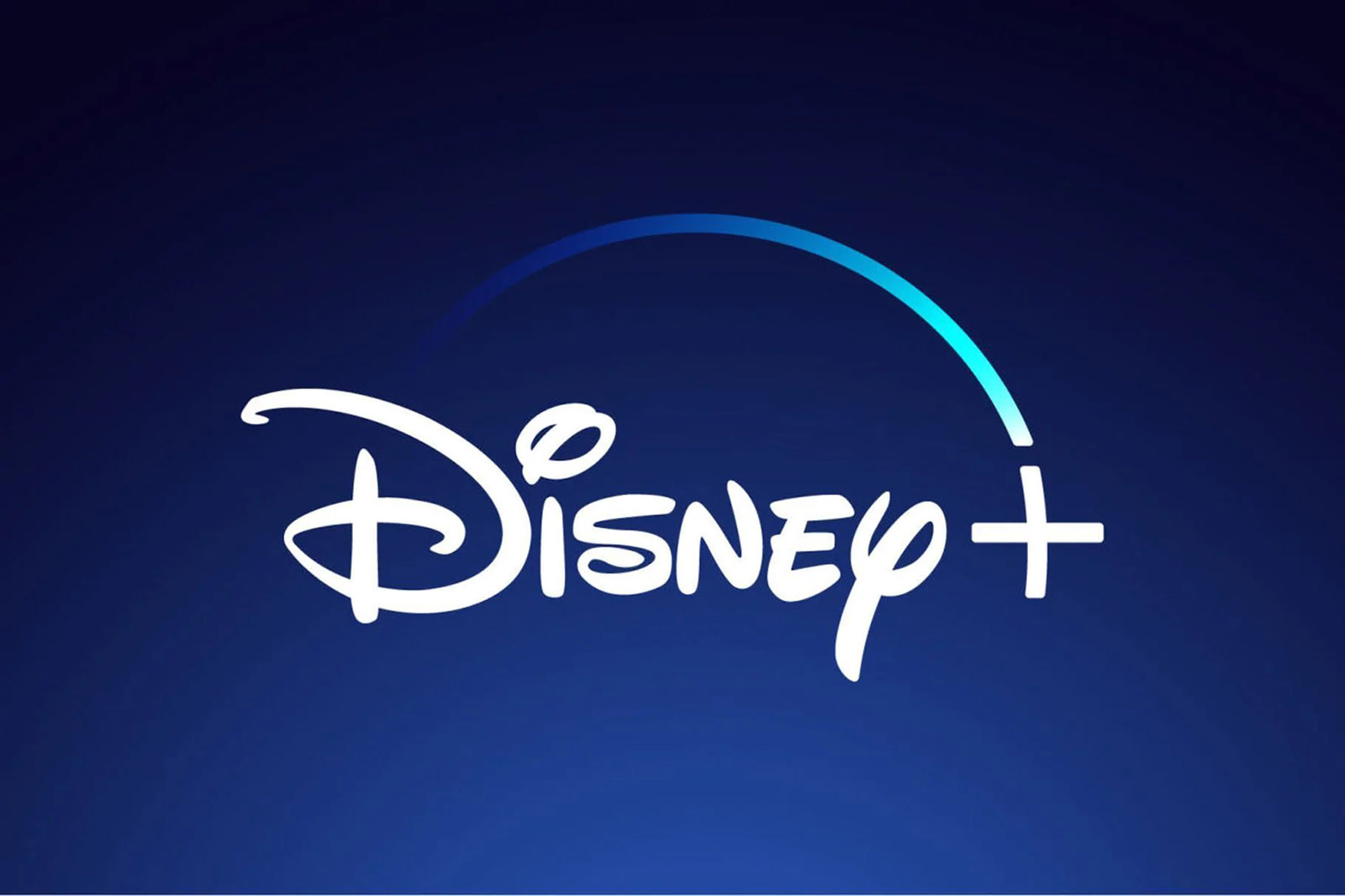
There’s a lot of excitement online for the impending launch of Disney Plus, especially among Disney superfans. It’s easy to see why: as the largest company in entertainment, Disney has crafted a legacy of film and television unlike any other corporation. From their Golden Age animated classics like Snow White and the Seven Dwarfs and Cinderella, to their recent live-action reimaginings like The Lion King and Aladdin, which thrilled audiences and helped carry Disney to their biggest year at the box office yet, the House of Mouse has attracted the attention of moviegoers young and old alike. And that’s to say nothing of brands like Marvel and Star Wars, which offer viewers event films like none other.
Disney Plus promises to bring all the excitement of the Disney brand into your home for unlimited streaming, but frankly, we aren’t convinced. Disney Plus has a long way to go before it can battle streaming giants like Netflix, and we just aren’t sure yet if their service is cut out to survive. Let’s take a look at the challenges facing Disney Plus after launch, and whether they can hold on in an increasingly difficult market.
Signing Up For Disney Plus
Before you start streaming your favorite Disney movies on Disney Plus, you’ll need to get signed up for an account. Start by signing up here for a free week trial, or get your favorite movies, shows, and sports for one low price by bundling Disney Plus, Hulu, and ESPN Plus right here!
Increasing Subscriptions
One of the biggest advantages Disney Plus has going into launch is its starting price. At $6.99 per month or $69.99 annually, Disney is going well under the standard prices of various streaming services. Yes, Netflix starts at $8.99, but in order to get 4K videos and four simultaneous streams across your account—something Disney Plus includes for every account—you’ll need to pay Netflix a whopping $15.99 per month. Disney’s going for the throat with Netflix, and while Disney’s launch library is much smaller and less diverse than what you’ll find on any of their various rivals, it’s easy to justify paying $9 less per month if the media you typically consume comes from Disney anyway.
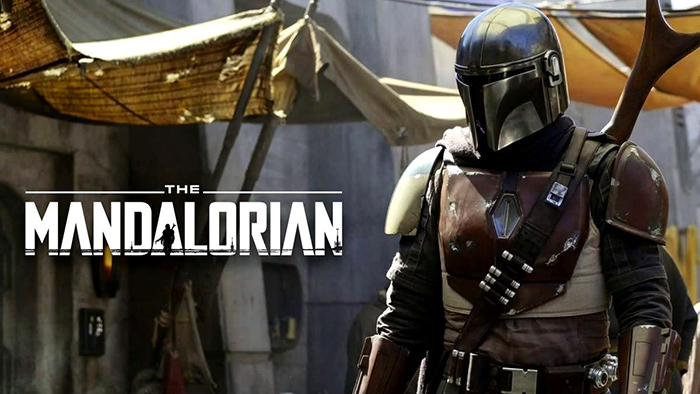
That said, this likely won’t always be a benefit. The question that lingers around Disney Plus’ pricing is how long it will remain at that price point? Certainly a year out, we’ll likely see it sticking at $6.99, but once 2021 hits, the future of the service becomes a lot murkier. We’ve only seen footage from a single blockbuster original series coming to Disney Plus—The Mandalorian—and it looks expensive. There’s still two more live-action Star Wars shows planned for 2021 and later, in addition to seven live-action shows set in the Marvel Cinematic Universe. Even smaller scale adventures are still attracted A-list talent. The more money Disney pours into original programming, the more likely we see them follow in the footsteps of Netflix, increasing their monthly and yearly subscriptions in order to help cover their bills.
It’s unclear at what price Disney Plus starts to become less appealing to consumers, but Netflix faced their own subscription issues after their most recent price increase. And this is all in addition to a larger issue: more and more services are switching to subscriptions rather than one-time payments. As your average consumer begins to face paying $60, $70, even $80 per month over their various subscriptions, eventually, we’re going to hit a peak where subscriptions start feeling like a problem. In fact, we’re probably already nearing that point.
The Marvel Problem
Undoubtedly one of the biggest draws of Disney Plus is the integration of the Marvel Cinematic Universe. The MCU is the biggest name in entertainment in media right now. Avengers: Endgame is the highest-grossing film of all time, and its opening weekend box office record likely won’t be beat for years to come. When Sony and Disney broke down over discussions to keep Spider-Man in the MCU, a massive fan outrage targeted Sony, despite the cause of Spider-Man’s brief removal spawning from Disney’s insistence on a 50/50 revenue split. Even if the MCU slows down a bit following the conclusion of Phase 3, it’s obvious that Marvel’s fanbase is large and strong, superhero fatigue be damned.
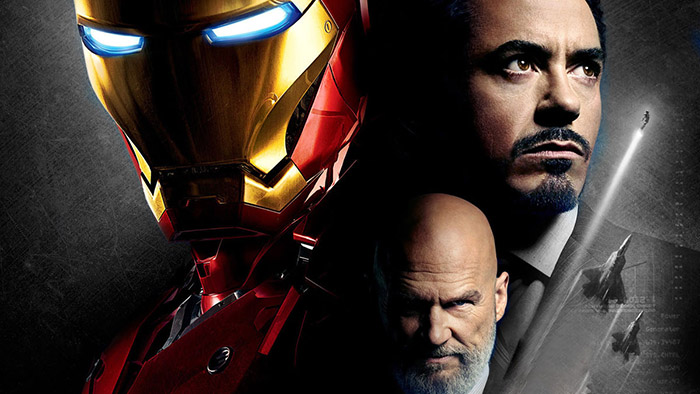
Disney knows this, and they’re using Marvel as a major selling point when convincing consumers to join Disney Plus. Unfortunately, the actual Marvel-branded content at launch is pretty slim, which may result in a number of disappointed fans cancelling their subscriptions. Six MCU films will be available for streaming on November 12th: Captain Marvel, Iron Man, Iron Man 3, Thor: The Dark World, Avengers: Age of Ultron, and Ant-Man. We’re not here to argue these are bad films—even Thor 2 has its supporters—but fan-favorite films like Black Panther and Thor: Ragnarok won’t be eligible to join until they leave Netflix. Avengers: Endgame does join the service in December, but that still leaves 70 percent of the MCU missing from Disney Plus. In fact, right now, it’s not even clear if the entire MCU will ever join Disney Plus. Both Spider-Man films are technically produced by Sony, and Homecoming wasn’t included in Disney’s previous Netflix deal.
Missing MCU films isn’t the only issue with Marvel. There’s a lot of hype surrounding the seven MCU shows announced for Disney Plus, from Falcon and the Winter Soldier to Loki and WandaVision, but the first of these shows—Falcon—won’t premiere until next August, with Loki not arriving until 2021. We have no doubts that these shows will be successful, and will absolutely increase Disney’s subscriber count each month they premiere, but with large gaps in between these show’s premiere dates, it’s unclear whether subscribers will stick around.
Launch Library
The issue with missing Marvel films extends to the entire launch library. Disney spent a long time detailing every single title coming to Disney Plus at launch in an extended Twitter thread, but when you scroll through the full list—which you can check out here—it becomes obvious that the library has a lot of fluff in it not many people were asking for. There’s plenty of content on this list, don’t get us wrong, and for a certain subsection of users, there’s plenty of appealing content. But once millennials finish revisiting their favorite DCOMs—Motocrossed is this author’s favorite—you’re left with a decent selection of movies surrounded by rightfully forgotten junk.
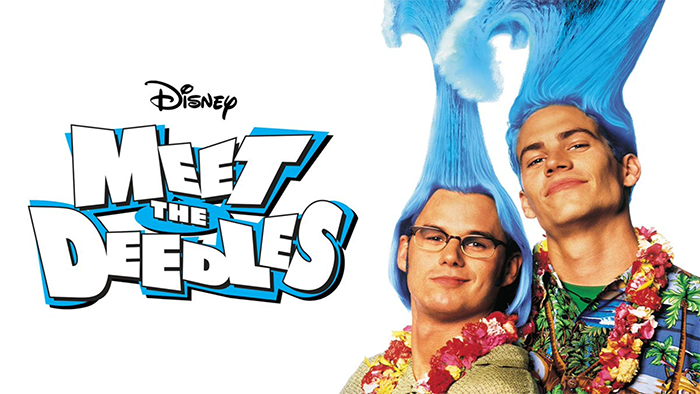
If you don’t believe us, click that link above and scroll through the older titles to see which you recognize. Was anyone really asking for Meet the Deedles? Do you even remember that The Shaggy D.A. was made? And who was waiting in the wings to revisit not just Inspector Gadget, but its direct-to-DVD sequel? There’s only so much worth streaming at launch, and while the library will eventually fill out with additional archived media, new releases, and originals, limiting content to just Disney films is really going to hurt Disney Plus in the long run. Hell, there’s barely any 20th Century Fox content in there to begin with, and it could be years before whatever existing contracts with other companies brings Alien or Titanic to Disney’s streaming app.
Streaming Wars
Obviously, streaming media has been a big component of the 2010s, with Netflix, Amazon, Hulu, and HBO all going head-to-head with each other over attracting viewer attention. Disney stepping into the ring really represents a new phase in the so-called streaming wars, one that’s going to see streaming platforms start to look a lot more like cable. Every company seems to be pulling their content from Netflix or (the Disney-owned) Hulu, in order to either add it to their preexisting services or to start a brand-new one.
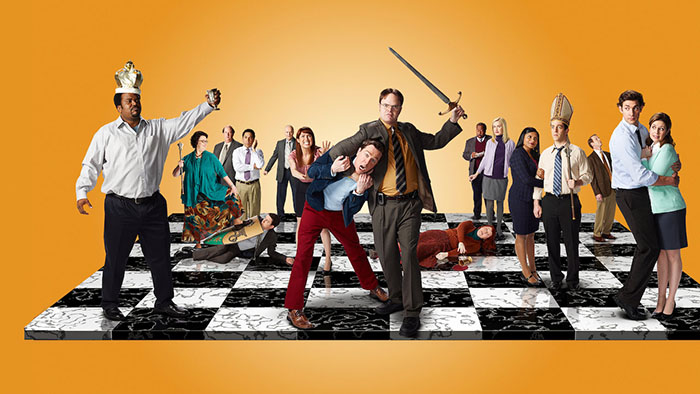
In addition to those big four and Disney, November also sees the launch of Apple TV Plus. AT&T and WarnerMedia are working hard to evolve HBO Go into HBO Max, with additional shows begging for your attention. Niche platforms like Crunchyroll and Shudder continue to offer anime and horror fans, respectively, their own dedicated streaming apps, while WarnerMedia also launched The Criterion Channel in an effort to replace Filmstruck. In August, NBC announced a free, ad-supported platform called Peacock, which might see a long-promised Office reboot finally arrive. And while we were working on this editorial, AMC Theaters announced their own streaming platform for renting movies, which could evolve into its own streaming app over time.
At a certain point, these media companies are going to oversaturate the market. There simply isn’t enough time in the day for people to consume the various shows and movies being produced for these networks, and that’s to say nothing of the increased cost at paying, on average, $10 per month for ten different streaming apps. Make no mistake: we’re looking at a bubble, and some of these apps aren’t going to make it out alive.
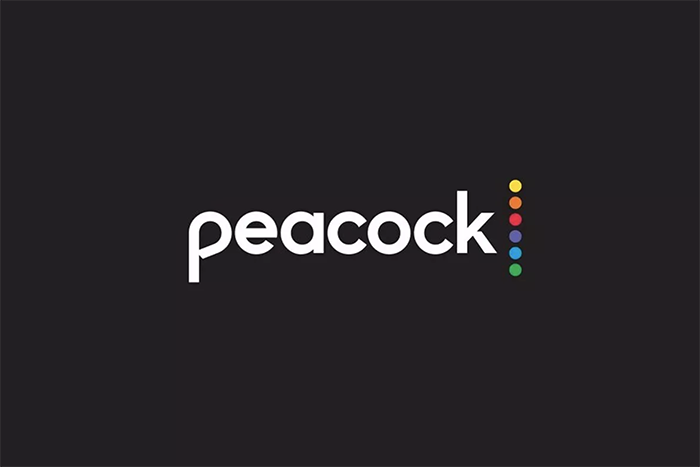
Split Attention
Famously, Netflix began the year by saying they saw Fortnite, the hit free-to-play game available on consoles and smartphones, as a bigger competitor than Hulu or HBO. That statement was mocked a bit online, but it’s absolutely true. While rival streaming services are certainly a threat to newcomers like Disney Plus, they also face outside competition. There’s only so much time in a day, and Disney doesn’t just have to fight off HBO and Amazon—they have to fight any service that requires your time and attention.
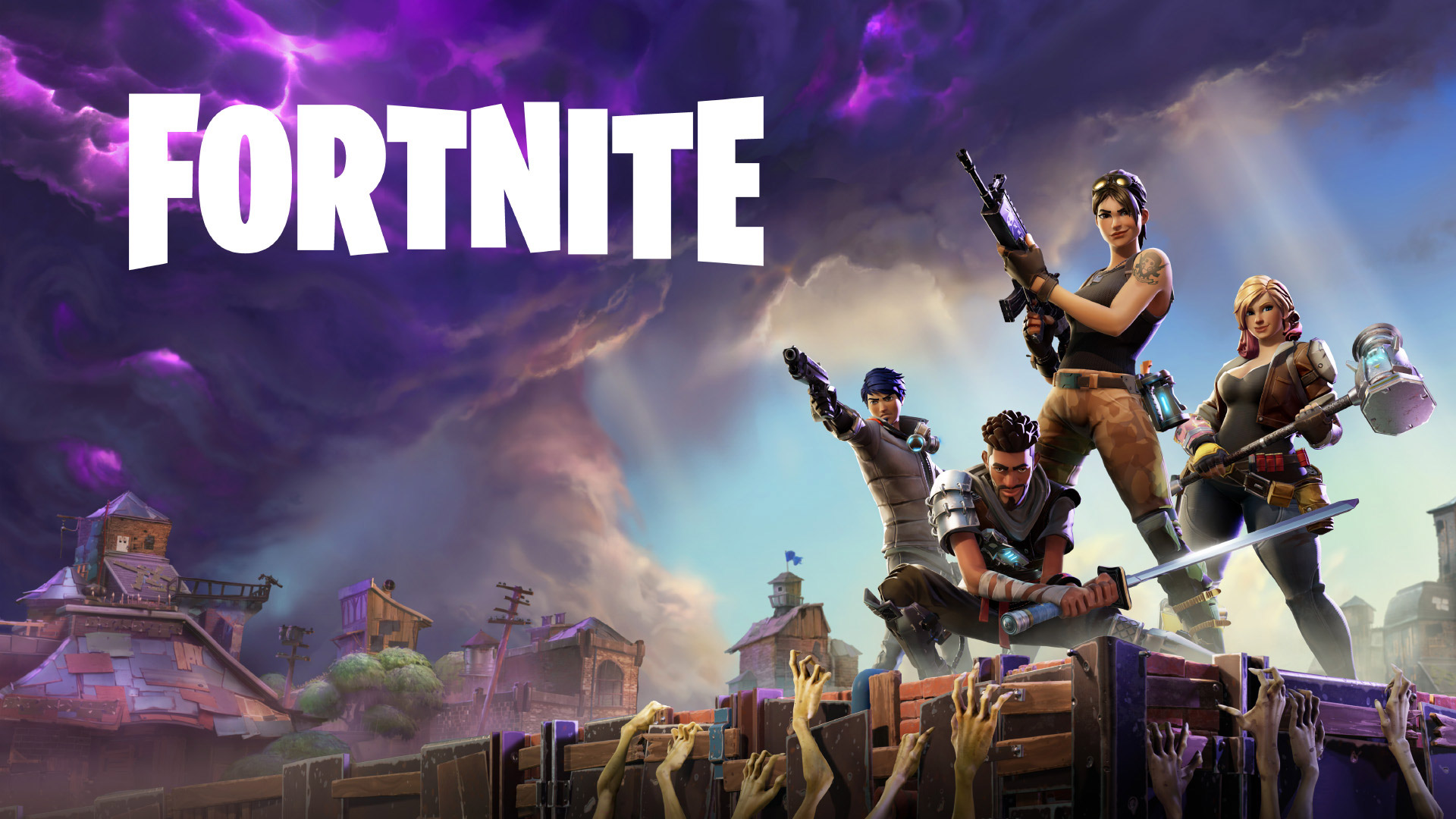
So it’s not just Fortnite that Disney will have to battle for your eyes and ears. It’s every single video game, paid and free. It’s YouTube, where younger audiences tend to live. It’s podcasts, which are growing at a massive rate on platforms like Spotify and Apple Podcasts. Anything that requires you to pay attention is a threat towards Disney Plus, and if Disney can’t perfect their library in their first year post-launch, they’ll likely be on the losing side of a war that’s been waged for years.
Will Disney Plus Fail?
Ultimately, we don’t think Disney Plus will actually fail following its launch. These are all real issues that Disney faces over the next several years, but they can all be circumvented if Disney’s strategy pays off. Keeping the price low at launch helps mitigate fan backlash regarding the library size and, specifically, the lack of the entire MCU. Releasing their original programming weekly instead of all at once helps keep new subscribers around longer than they otherwise would. And while Disney isn’t exactly early to the streaming game, they are beating competitors like Comcast and WarnerMedia to the punch. If people have the budget for one more streaming service on top of Netflix, Disney will likely take that place.
Still, even if Disney does manage to navigate around the challenges above, they still have to be mindful of consumer strategies going forward. Not every movie Disney has released this decade has been a box office smash, and if a few Disney Plus originals flop hard upon impact, consumers might look to switch to another platform. Disney doesn’t have a library show as beloved as Friends or The Office, so they’ll want to pay attention to how their customers respond to their first few original properties.






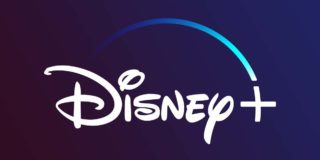










3 thoughts on “Why Disney Plus Will Fail After Launch”